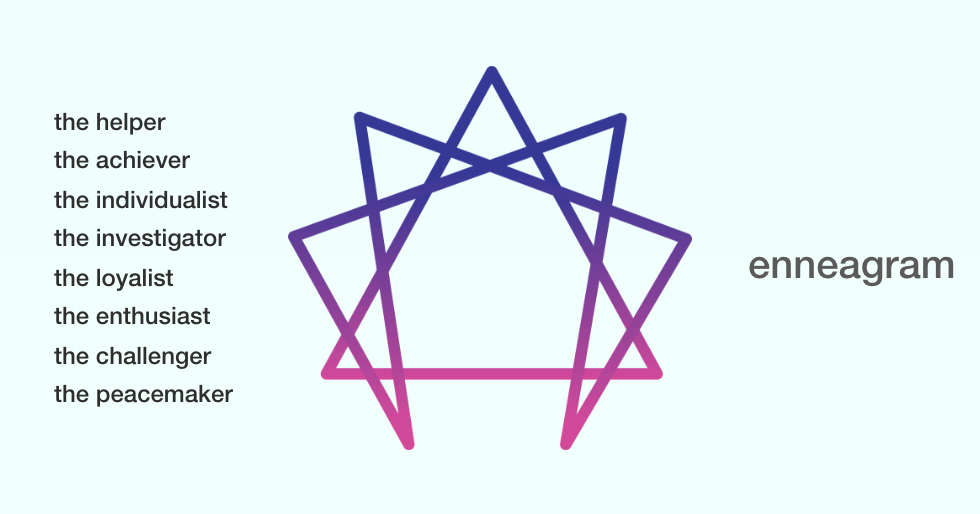Why I Don’t Believe in Using
the Enneagram to Label People
 I wonder what Type my 10-year-old child is manifesting by now. Sometimes her vital energy makes me feel the presence of a Type 8.
I wonder what Type my 10-year-old child is manifesting by now. Sometimes her vital energy makes me feel the presence of a Type 8.
Other days, the suffocation that I feel when she starts asking on Monday what we’ll do during the weekend, where we’ll be going, who will be coming over for dinner, all the fun we’ll have —or miss— makes me think she came to this world to complete our little triad of idealism in the form of a Type 7 (the other 2 Types in this triad are Type 1 and Type 4, which are mine and my husband’s types).
A few other things have hinted at a couple of other Types, however, these two feel most prevalently in her so far.
Children are great teachers. The relationship with my daughter offers constant reminders of self-compassion, compassion, and understanding for her appreciation and love. When I mull over the various possibilities for her Enneatype, I don’t do it in an effort to absentmindedly adjust my behavior so we can get along better or I can get her to do what I want. Contemplating the possibilities for her Enneatype has given texture and depth to my effort to understand her frustrations, her joys, her needs in a more efficient and loving way.
I share this personal story to illustrate how I use the Enneagram. Putting people in boxes and the consequent loss of freedom for them, for me, and for our relationship is not of interest to me.
I cannot imagine how it would be to use the Enneagram as a stand-alone tool. In my practice, Enneagram and self-observation or mindfulness go hand in hand.
I have always been amazed at the need for the human species to explore the Universe while having a whole untapped, unknown inner universe. I’ve heard Russ Hudson, one of my favorite Enneagram teachers, jokingly say that we go around assigning numbers to others and calling them on their behavior while we’re running our own Type.
Self-work is hard and also the most important work. Alternatively, a good distraction is to go around using the Enneagram to label people.
If you’re interested in learning about the Enneagram, there are many informative articles and plenty of books about the system, its history, and origins. I particularly value the information by the Enneagram Institute. On their website, they include a complete introduction to the history of the Enneagram (https://www.enneagraminstitute.com/the-traditional-enneagram/), how the system works (https://www.enneagraminstitute.com/how-the-enneagram-system-works), and a great general description of the types (https://www.enneagraminstitute.com/type-descriptions).

